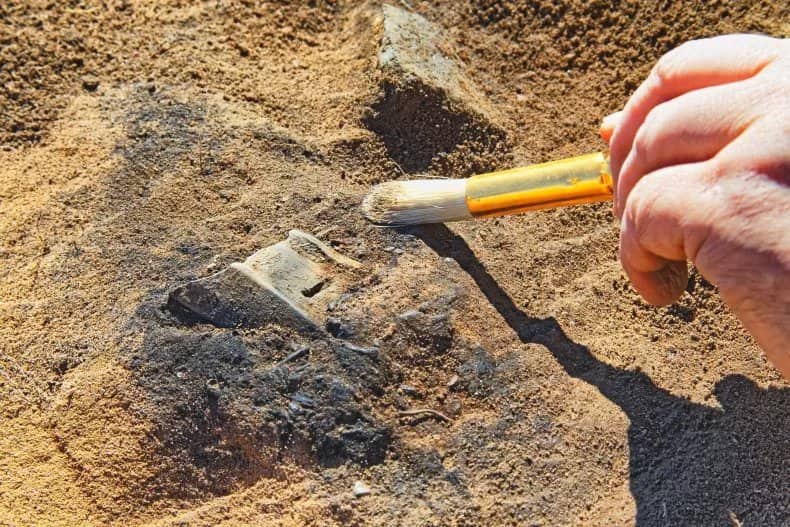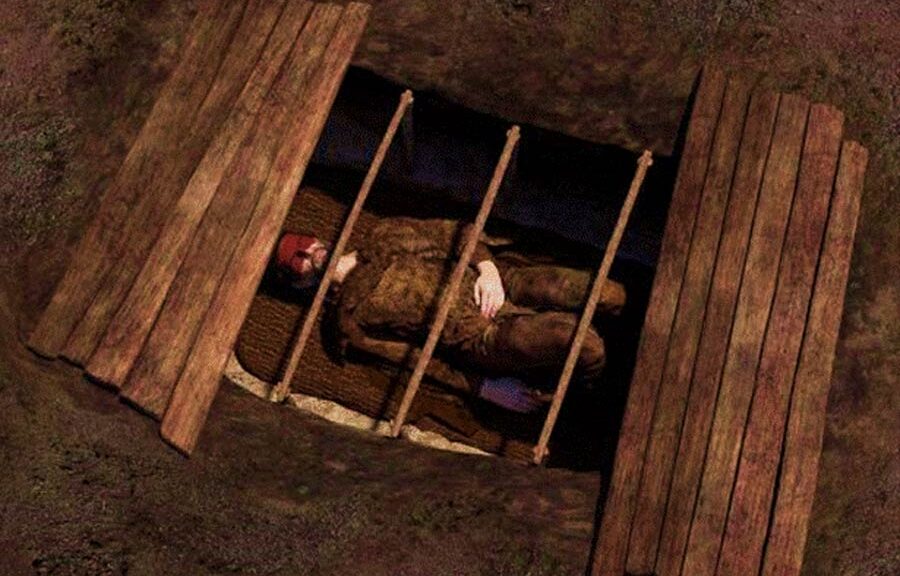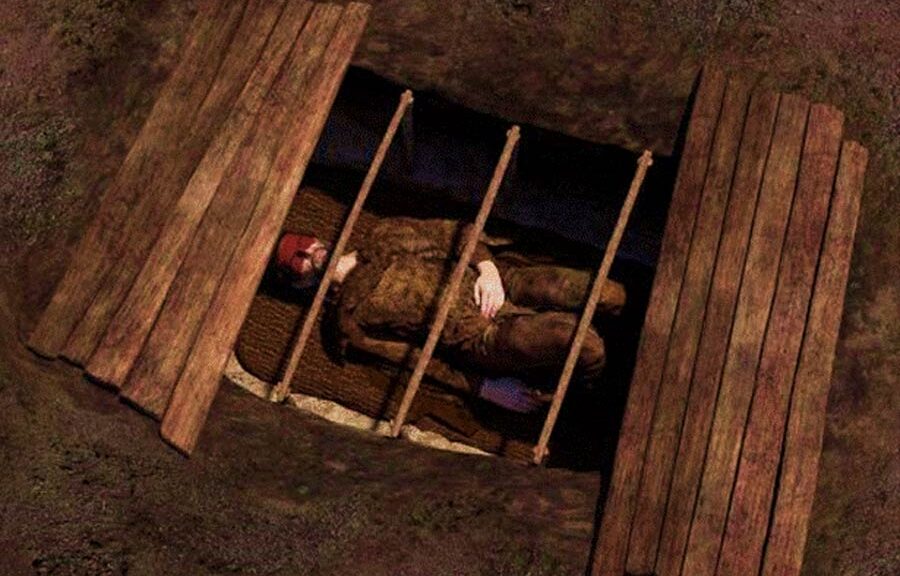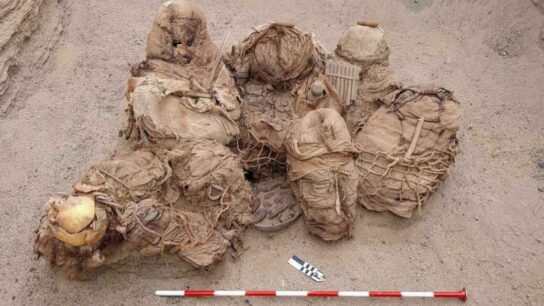Burial Mounds in Serbia Reveal Skeletons of 5,000-year-old Painted Men
Archaeologists have discovered dye-coloured bones dating back around 5,000 years at a burial site in southeastern Europe where unusually tall men were laid to rest.
The burial site, located in Vojvodina in northern Serbia, was excavated by researchers between 2016 and 2018. However, only recently was expert analysis carried out.
The burial site consisted of two large mounds 131 feet across and between 10 and 13 feet tall.
Inside, the researchers found that some bones were marked with red colouring, thought to be due to “the use of ochre on the bodies of the dead,” according to Piotr Włodarczak from the Institute of Archaeology and Ethnology of the Polish Academy of Sciences, one of the excavation supervisors, in a statement to the government-affiliated Science in Poland public information service.

Ochre is a type of earth that has been coloured by iron oxide. This can give it a red hue and it has been used as a colouring pigment. Red in particular was considered sacred by some, Włodarczak said.
Another thing the researchers noticed about the remains is that the deceased men were over 1.8 meters tall, or around 5 ft. 11 in. This would have been an above-average height for the time—it’s thought that the men were buried around 3,000 BCE, and men living in this part of Europe then would usually have been about 1.6 meters or 5 ft. 3 in. tall, according to Science in Poland.
The height of the men, as well as the use of ochre, led the researchers to believe that they were newcomers to the region and had probably come there from the steppes of what would be south Russia or Ukraine today.
Genetic analysis of the remains suggested the men had themselves come from this region or were immediate descendants of people who did.

The influx of nomads from eastern to more western parts of Europe in this period would have had a significant impact on the culture of Europe, Włodarczak said.
It’s not the only significant archaeological finding to be reported recently. In the United Kingdom last week, a Roman mosaic hidden beneath the streets of London for more than 1,500 years was discovered.
The 26-foot-long mosaic was found at a construction site near the capital’s largest building, The Shard. It’s set to be transported for preservation later this year and there are hopes it will be publicly displayed in future. It’s thought that the mosaic may have been part of a large dining room called a triclinium.




